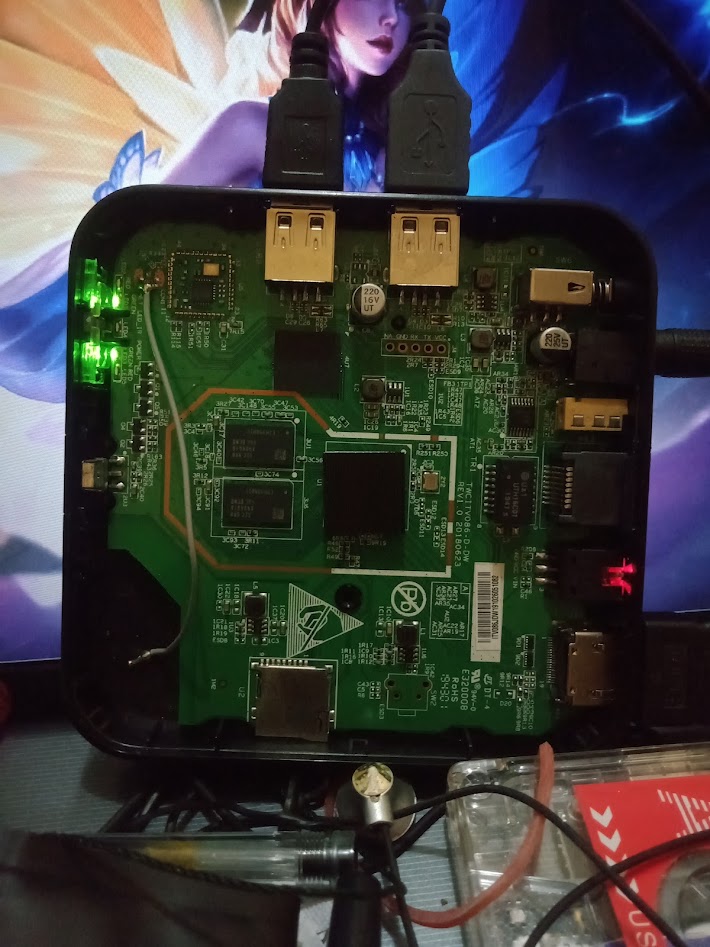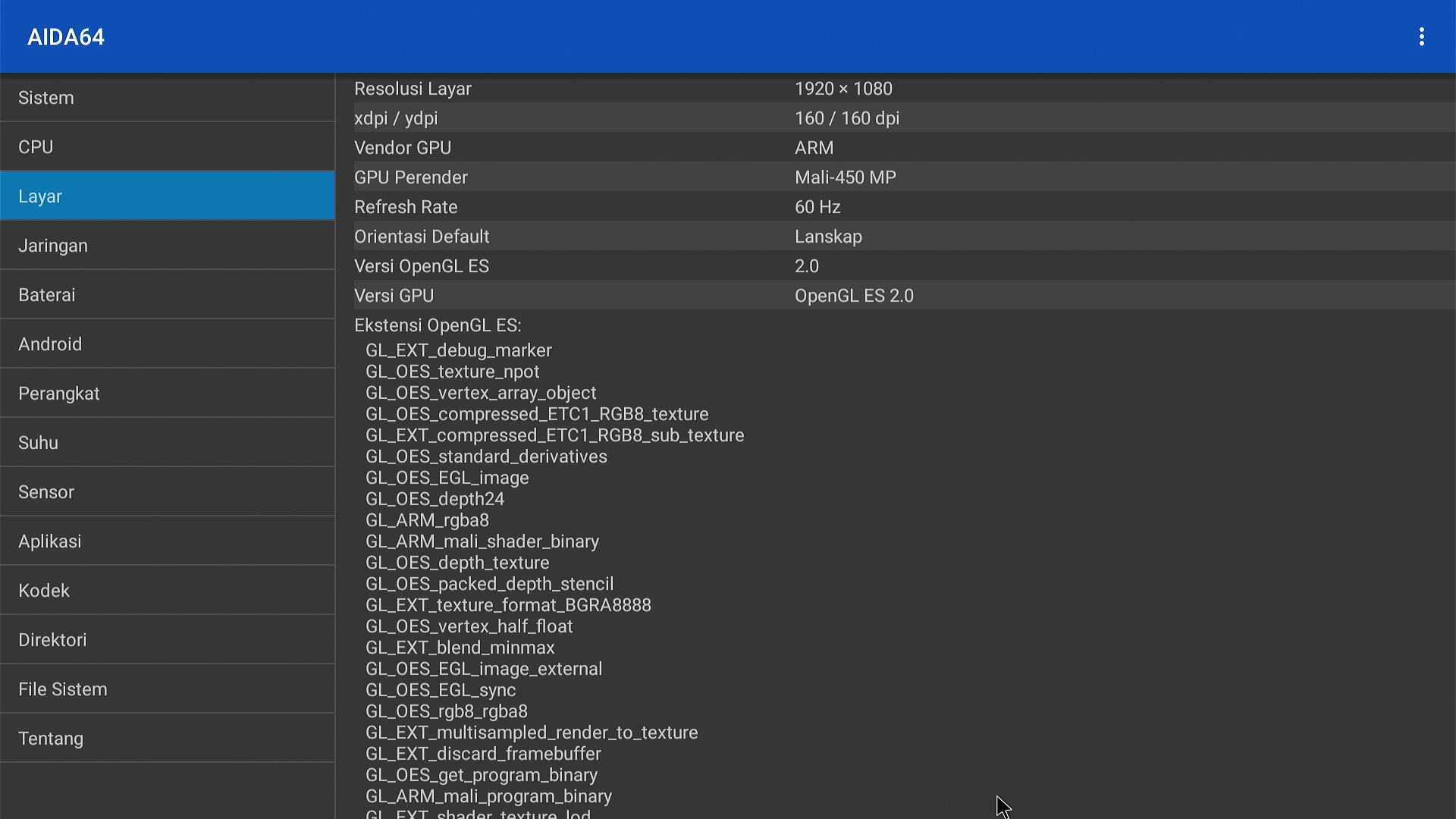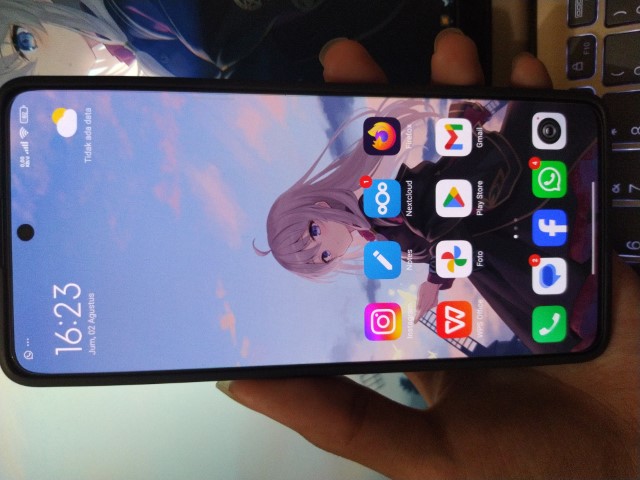Comparing: ARM Mali-450 MP vs Qualcomm Adreno 710
In this comparison, we analyze two Videocards: ARM Mali-450 MP and Qualcomm Adreno 710, using synthetic benchmark tests to evaluate their overall performance. This side-by-side comparison helps users understand which hardware delivers better value, speed, and efficiency based on standardized testing. Whether you're building a new system or upgrading an existing one, this benchmark-driven evaluation offers valuable insights to guide your decision.
Specification Comparison Table
This specification comparison presents technical details of several devices or components to help you understand the key differences between each option. Use this table as a reference to determine which device best suits your needs.
| Specification | ARM Mali-450 MP | Qualcomm Adreno 710 |
|---|---|---|
| Architecture | Utgard | Adreno 700 |
| Codename | Utgard | - |
| Buswidth | SHARED | - |
| Clock | 700 MHz - - | 800 MHz - - |
| Memory Clock | SHARED | - |
| Technology | 28 nm | 4 nm |
| Interface | IGP | IGP |
| Technology | 28 nm | 4 nm |
| Segment | Mobile | Mobile |
Submission Comparison Table
This submission comparison table displays the number and details of benchmark data submissions from various devices or components. This information helps you understand the performance based on the benchmarks that have been tested, as well as providing an overview of the consistency and popularity of the available benchmark results.
Submission Comparison Chart
This chart visualizes the benchmark scores comparison between two hardware devices based on submitted data.
Media Gallery
A collection of photos of tested hardware. These images can help you identify the physical form, model, and variant of the hardware in question. These photos are from our own documentation, and if they are not available we may not be able to document them.
About Hardware ARM Mali-450 MP
ARM Mali-450 MP is a power-efficient GPU designed for entry-level mobile devices, embedded systems, as well as set-top boxes and Android TVs. This GPU is the successor of Mali-400 and brings improvements in terms of graphics processing efficiency, memory bandwidth, and scalability. Depending on the chipset configuration, the Mali-450 MP can have up to 8 shader cores, although in low-end devices only 2 or 4 core versions are usually used.
With support for OpenGL ES 2.0, the Mali-450 is capable of handling user interface (UI) displays, video playback up to 1080p, and running lightweight applications and 2D or 3D games with basic graphics. However, since it is based on a relatively old architecture, its performance is limited to basic use only. Modern games or graphics-heavy applications will most likely lag or be incompatible. Even so, this GPU is still sufficient for light entertainment needs such as YouTube, Netflix, or light emulators in standard resolutions.
One device that uses this GPU is the FiberHome HG680-P, an Amlogic S905X-based TV Box with 2GB RAM and 8GB eMMC 5.1, running on Android 6.0.1 custom ROM atvXperience. With this configuration, Mali-450 MP is used to deliver a simple media center experience, suitable for video streaming and navigation of the lightweight and efficient Android TV interface.
Overall, the ARM Mali-450 MP remains relevant for low-cost devices and basic functions, although it is no longer ideal for heavy applications or modern gaming. This GPU is still found in many older Android TV sets, cheap STBs, and smart displays, where power efficiency and system stability are top priorities.
Hardware Detail:
Device: FiberHome HG680-P
Device Specs: Amlogic S905X, 2GB RAM, 8GB eMMC 5.1, Android 6.0.1 Custom ROM atvXperience
Wednesday, 14 June 2023 04:25:40 | Update: 1 month ago
About Hardware Qualcomm Adreno 710
Qualcomm Adreno 710 is an integrated GPU (Graphics Processing Unit) used in the Snapdragon 7s Gen 2 chipset. Designed to provide an optimal balance between graphics performance and power efficiency, Adreno 710 is one of the best GPU solutions in the mid-range class, suitable for users who prioritize a smooth visual experience in both everyday use and when playing games and multimedia.
In synthetic benchmark testing using the Xiaomi Redmi Note 13 Pro 5G device featuring the Snapdragon 7s Gen 2, the Adreno 710's performance proved to be competitive. On AnTuTu Benchmark v10, the Adreno 710 achieved a GPU score of 116,839 points, indicating that this GPU can run popular games like Mobile Legends, PUBG Mobile, and Genshin Impact smoothly at medium graphics settings.
Additionally, in Geekbench 6 Compute testing, the Adreno 710 achieved a score of 1,729 points, measuring GPU-based computational capabilities in modern scenarios such as image processing and light machine learning. For gaming benchmarks, the 3DMark Wild Life Extreme, which simulates heavy graphical loads, yields a score of 792 points, while the 3DMark Sling Shot Extreme Unlimited records a score of 4,672 points. These figures indicate that the Adreno 710 is capable of handling games with complex graphics, though for AAA games on mobile, it may be necessary to lower visual quality to maintain frame rate stability.
The Adreno 710 also supports modern graphics APIs such as Vulkan, OpenGL ES, and OpenCL, making it compatible with a wide range of the latest apps and games on Android. Users will also benefit from good power efficiency, as this GPU is built on the same 4nm architecture as the Snapdragon 7s Gen 2 chipset, helping to reduce heat and extend battery life during heavy use.
Overall, the Qualcomm Adreno 710 is an integrated GPU that offers solid performance in the mid-range. It is suitable for users who want to enjoy smooth graphics, seamless multitasking, and optimal battery life without having to sacrifice gaming performance entirely. With the latest technology support and adequate benchmark results, the Adreno 710 is a significant added value to Snapdragon 7s Gen 2-based devices.
Device Test (testbed):
Device: Xiaomi Redmi Note 13 Pro 5G
Specs: Snapdragon 7s Gen 2, 256GB UFS, 8GB RAM
OS: Xiaomi HyperOS 1 (Android 14)
* Testing device in new condition, latest benchmark software, and latest system updates
Wednesday, 09 July 2025 23:18:17 | Update: 1 week ago





